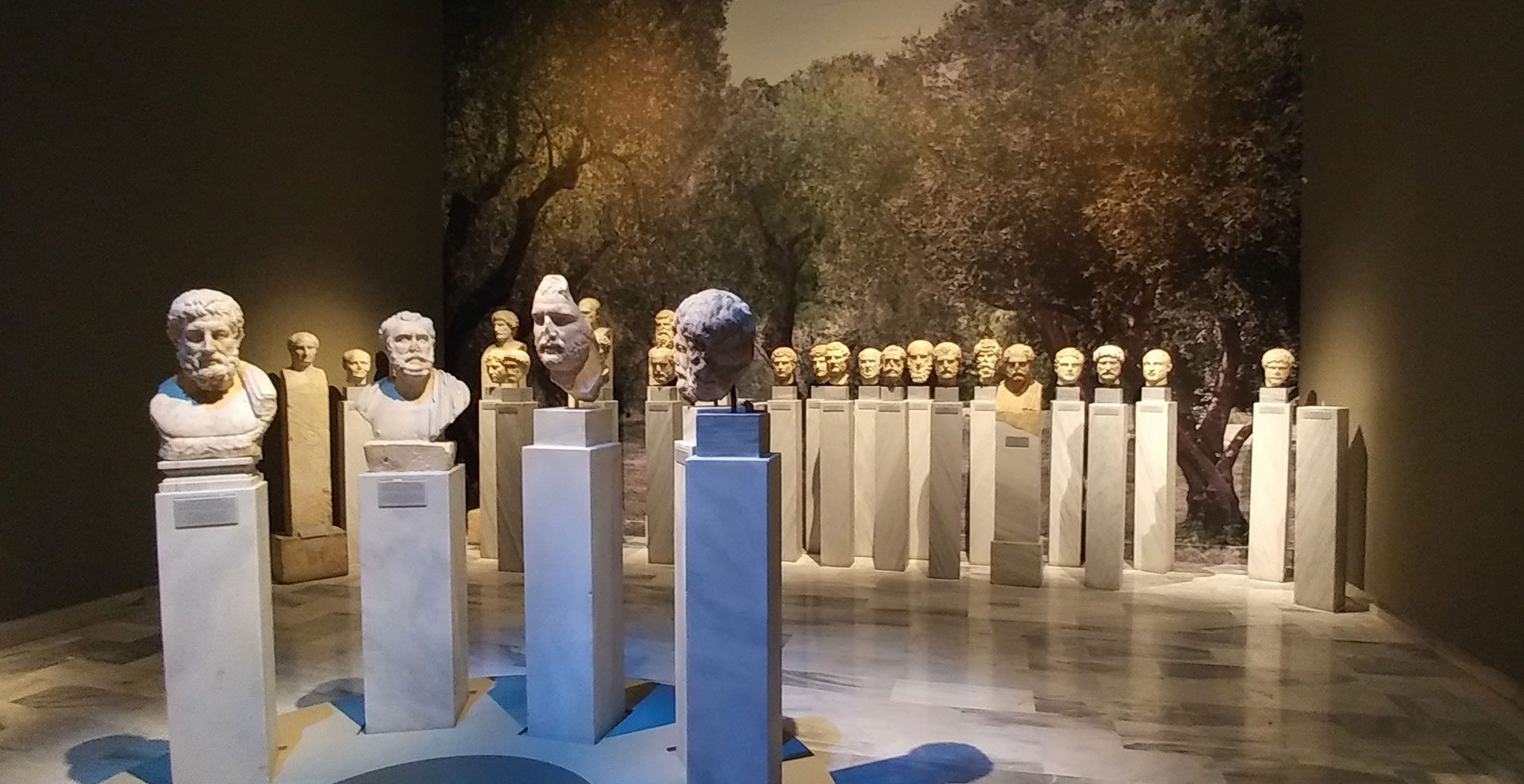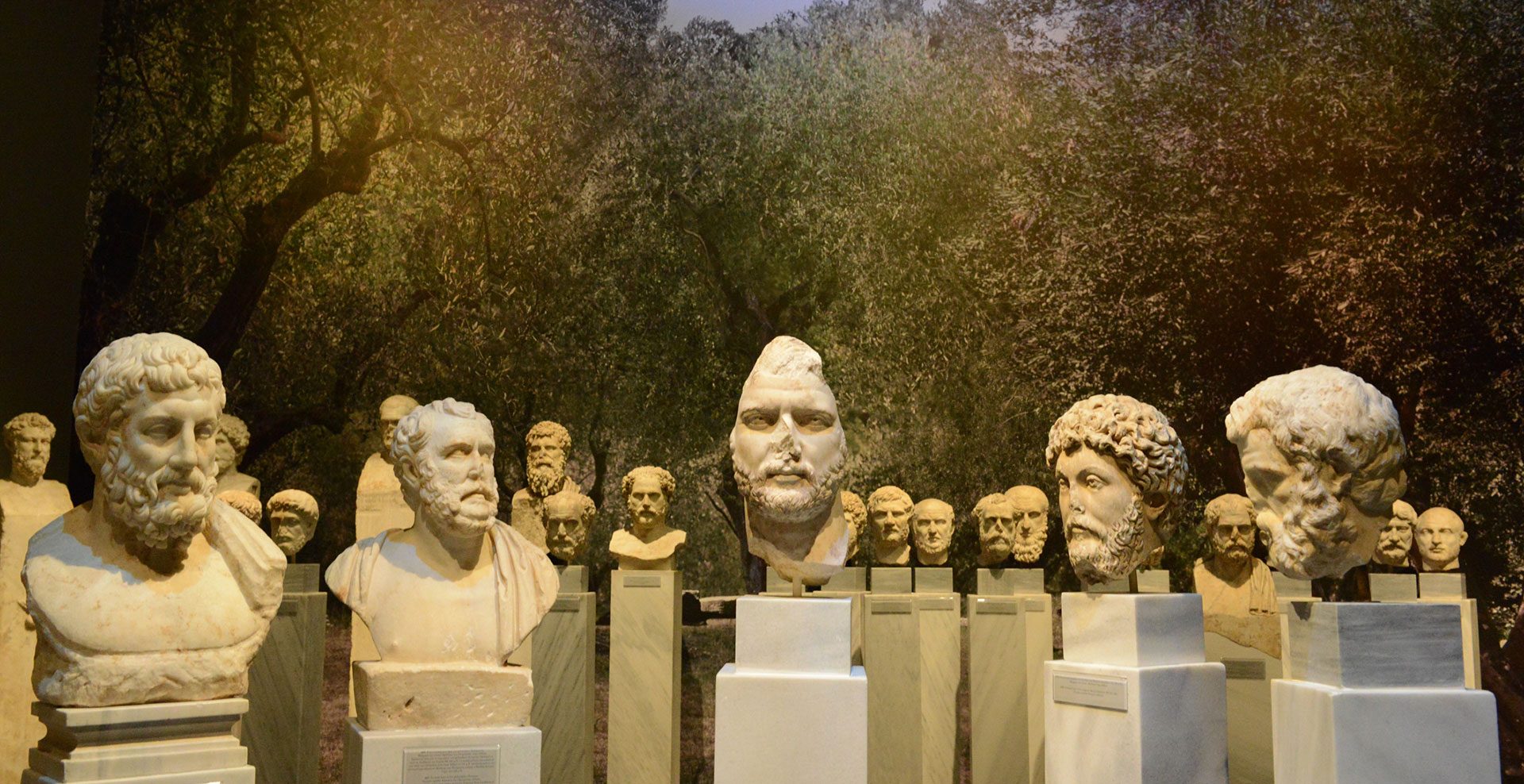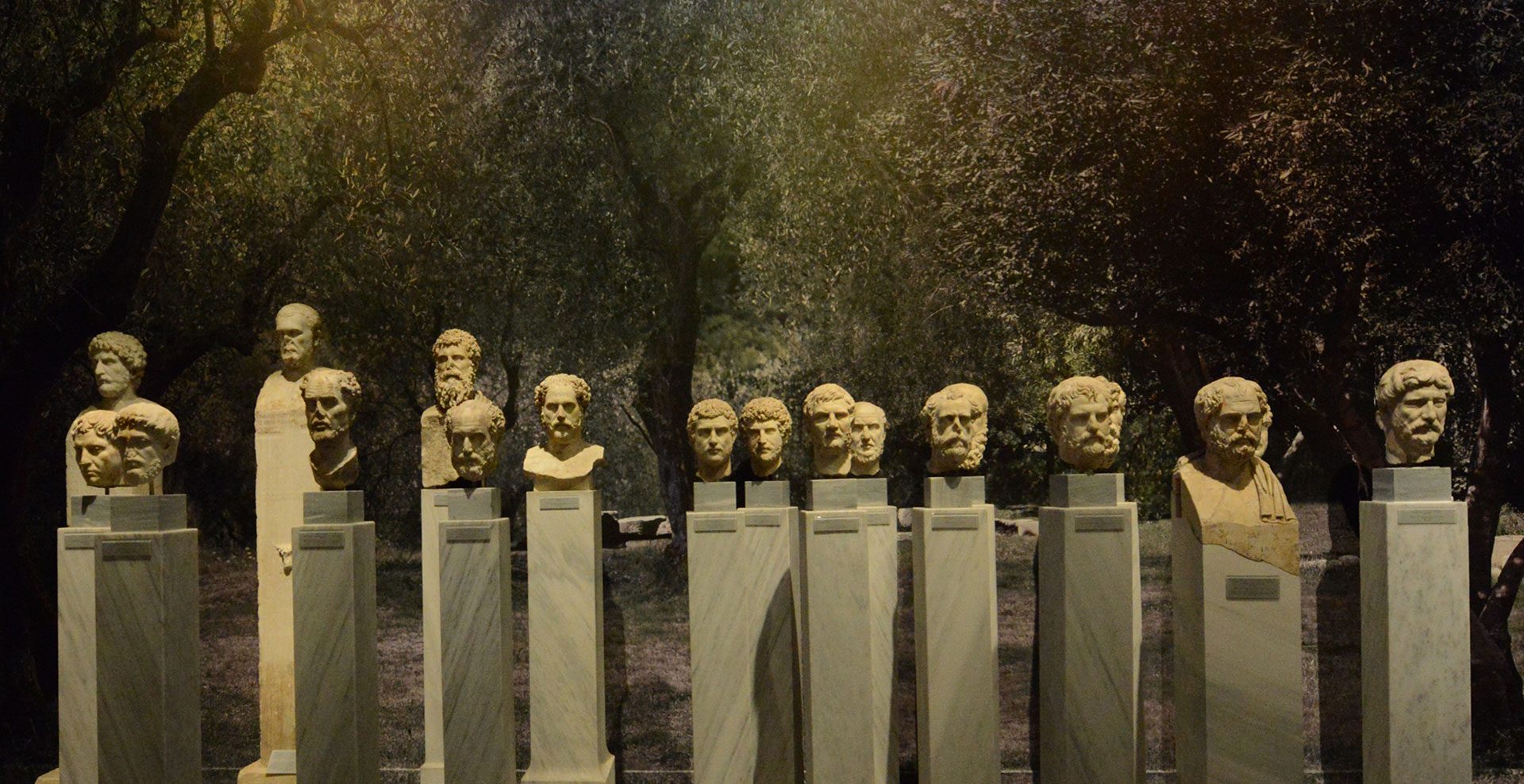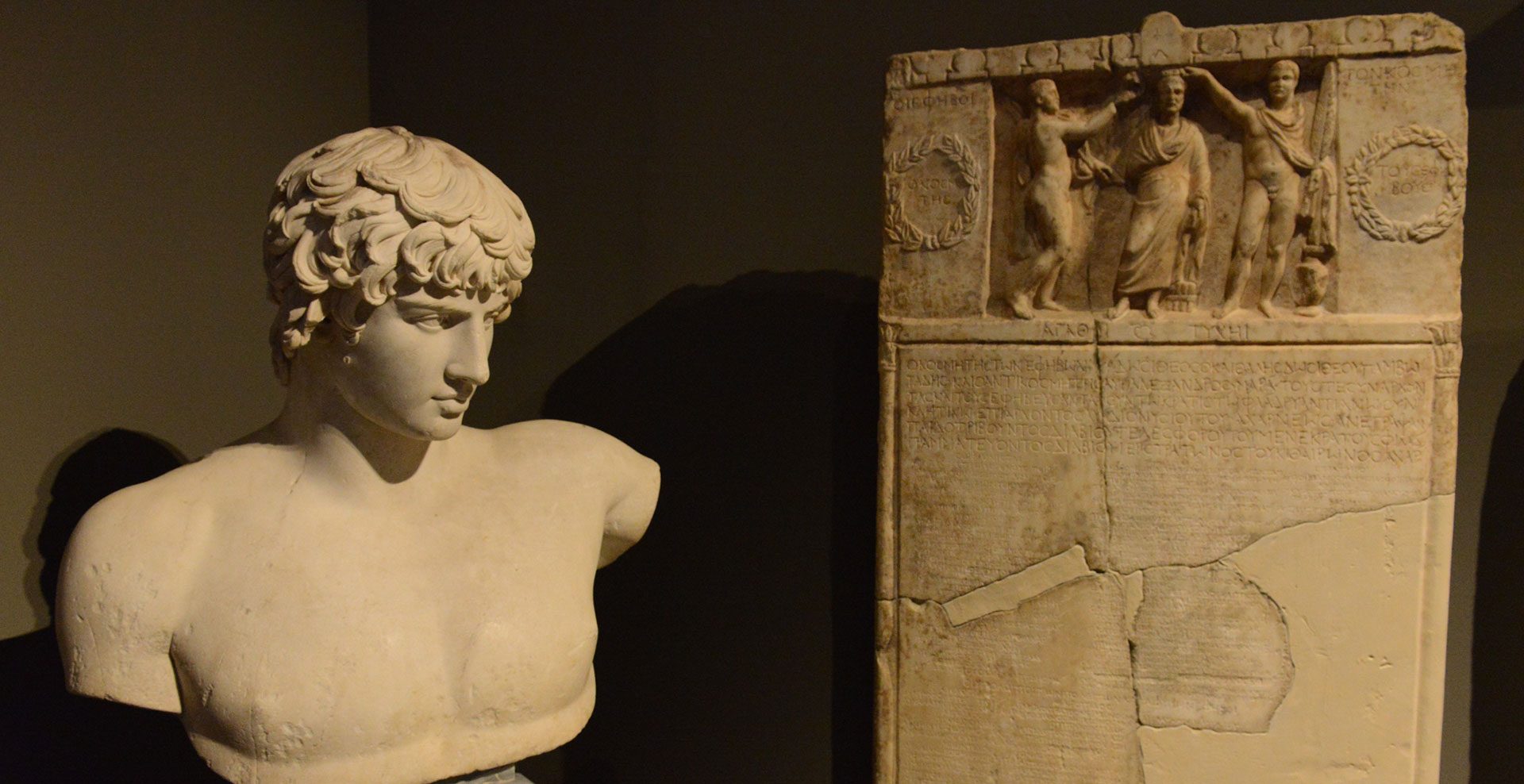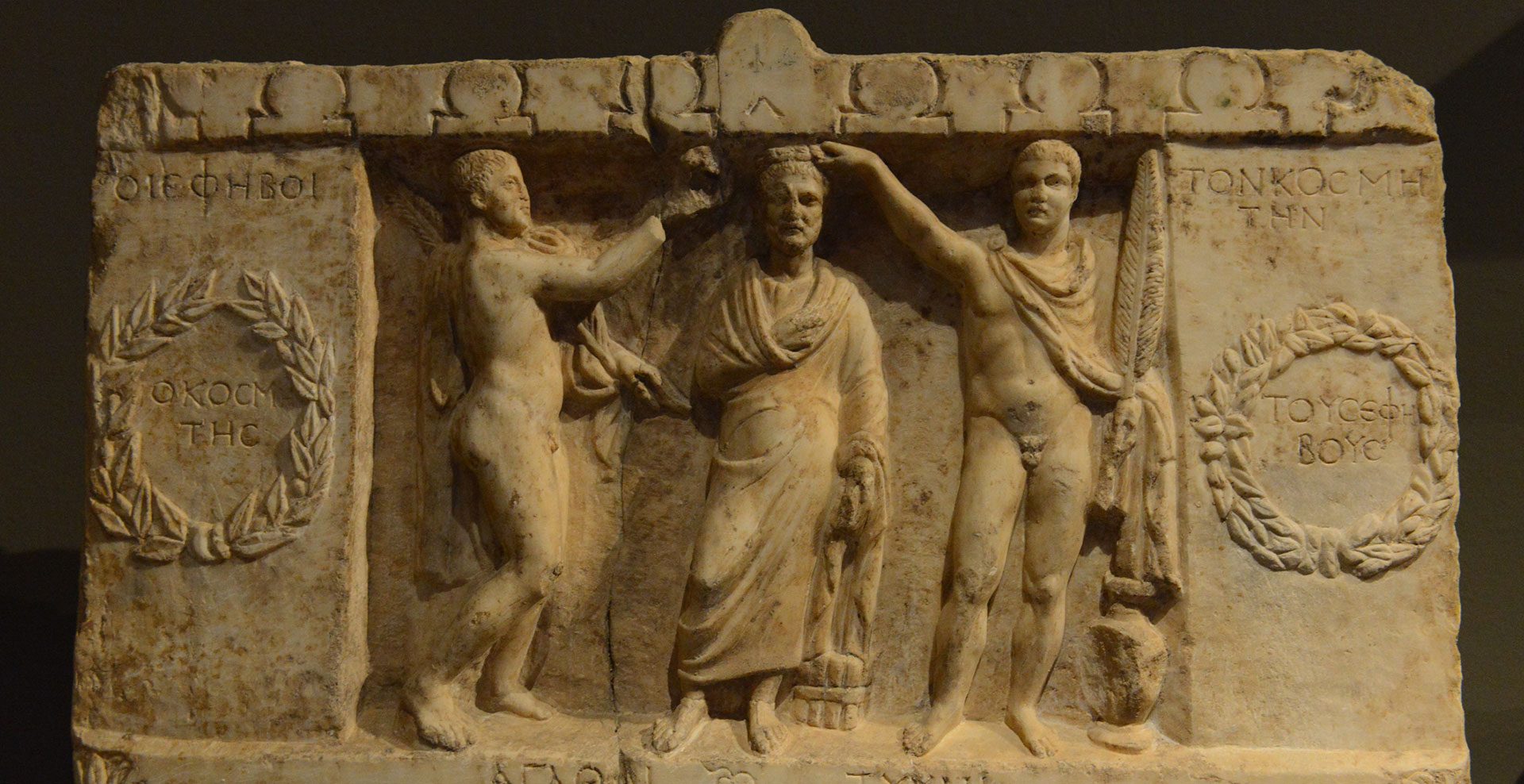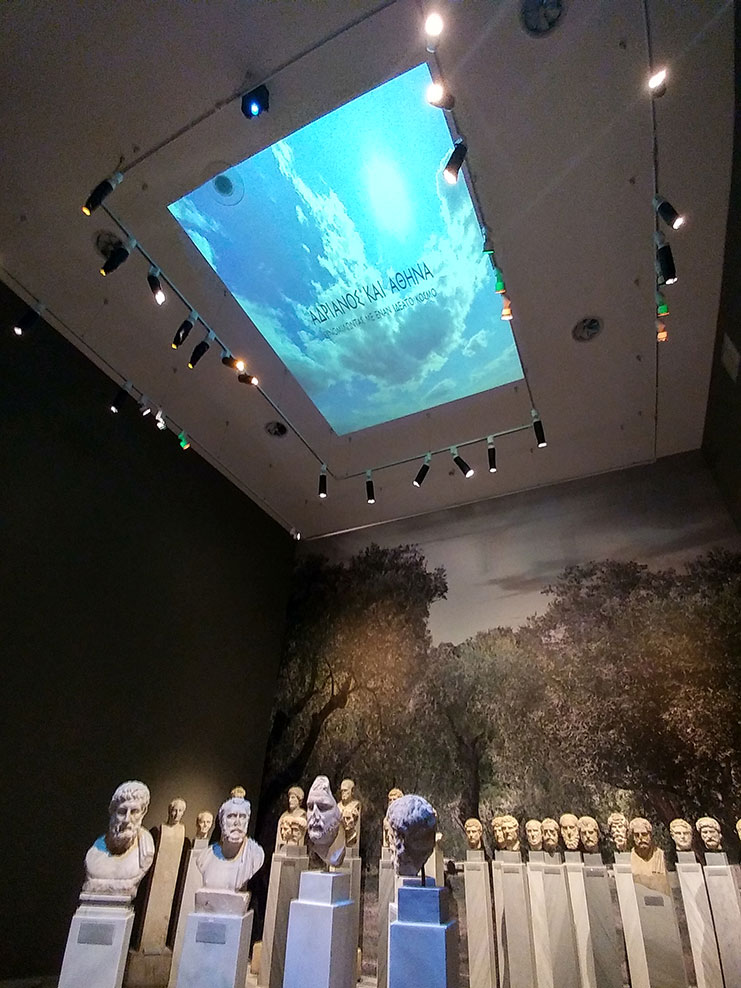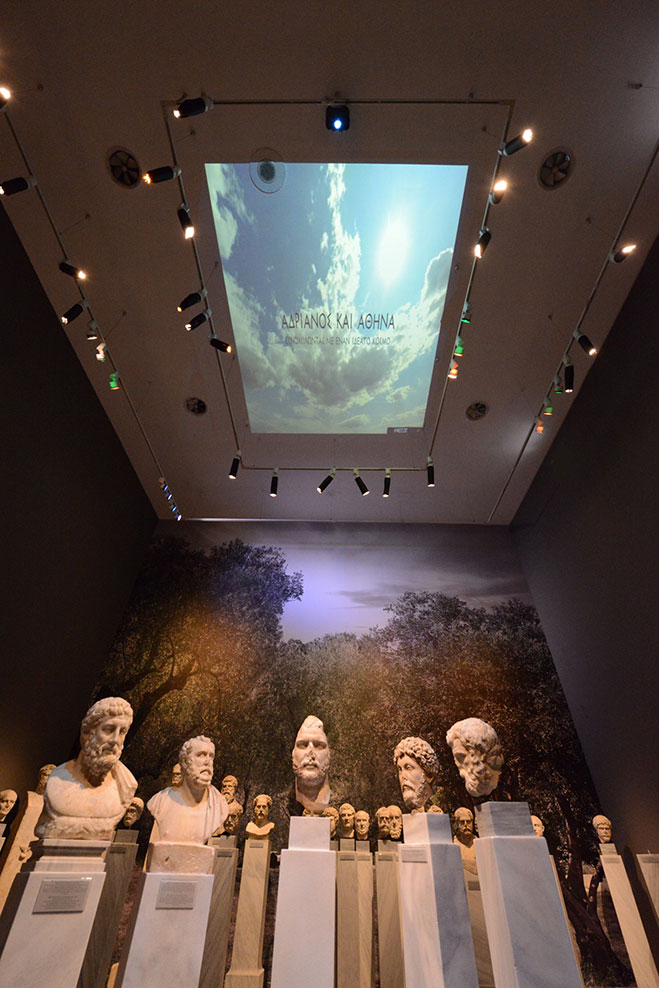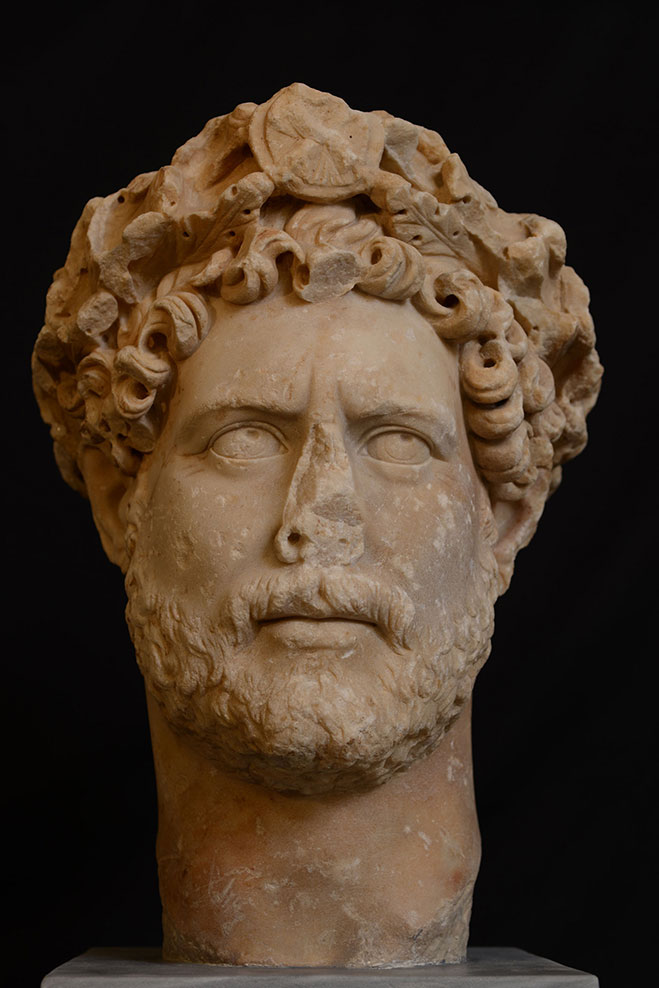NOV 2017
MONDAY
DEC 2020
THURSDAY
Hadrian and Athens. Conversing with an Ideal World
The National Archaeological Museum in collaboration with the Italian Archaeological School at Athens organize the temporary exhibition “Hadrian and Athens. Conversing with an Ideal World” in the Gallery 31a of the Sculpture Collection. The exhibition marks the 1900 years since the beginning of Adrian’s Principate in AD 117, an anniversary that was celebrated in manifold ways by major European museums and cultural institutions.
As the Greek Minister of Culture and Sports Ms Lydia Koniordou mentioned during the press conference on Wednesday 22nd of November 2017 at the National Archaeological Museum, the exhibition falls within the wider framework of collaboration between Greece and Italy. The two countries agreed to intensify their cultural and educational relations especially in the area of cultural heritage, as stated in the bilateral meeting of the two Ministers and the signing of the Memorandum of Collaboration.
The exhibition aims to give visitors a unique opportunity to view exhibits which showcase Hadrian’s philhellenism and highlight his immense and enduring legacy. By promoting the integration of Greek intelligentsia with Roman tradition, Hadrian contributed decisively to forging a common cultural base that served as a fundamental element of western culture. From this viewpoint, the exhibition marks and heralds the launch of the European Year of Cultural Heritage in 2018. All of the exhibits featured, 40 in all, come from the National Archaeological Museum’s collections.
The Athenian Kosmetai gallery in the permanent exhibition of the Sculpture Collection was selected as the ideal setting for the development of the museological concept. Portraits of the Emperor Hadrian are on display centrally in an imaginary philosophical dialogue about Greek culture with emblematic figures of intellectuals such as Metrodorus, Antonius Polemon and Herodes Atticus. Portraits of Plato and Aristoteles, standing as symbols of Greek philosophical thought, observe the imagined conservation, along with the Kosmetai at the back of the hall, i.e. the officials who were responsible for the intellectual and physical education of the ephebes in the Athenian gymnasia of the imperial period. Through this enriched exhibition narrative, the guardians of the traditional education (paideia) of ancient Athens are approached with new interpretative media that highlight the deep spiritual affinity between Hellenic and Roman culture. The world of the Athenian Gymnasia is also enlivened by a series of representative exhibits and the splendid bust of Antinous, the emperor’s beloved companion, who was deified after his premature death and venerated in the Gymnasia as a model of youthful beauty and vigour.
The exhibition tour comes to a close with a visit to two more exhibition halls that show complementary aspects of Hadrian’s presence in Athens and create a parallel thematic tour to the rest of the museum. In the framework of the “Invisible Museum”, a highly successful exhibit-event that presents antiquities from the storerooms for a short period, two unique exhibits are on public view for the first time from the 13th of November 2017 until the 4th of March 2018. An inscription bearing the emperor’s name accompanied by the title Olympios, is dated about AD 132 and constitutes a testimony to the recognition of Hadrian’s beneficence by the Athenian citizens. Next to it stands a second bust of heroized Antinous, found in Patras. The thematic tour ends at the Egyptian Galleries of the National Archaeological Museum, where a statue of “Egyptianizing” Antinous from the Sanctuary of the Egyptian Gods in Marathon welcomes visitors and narrates in its own way the spiritual quests of the era.
The exhibition is under the auspices of His Excellency the President of the Republic Mr. Prokopios Pavlopoulos.


